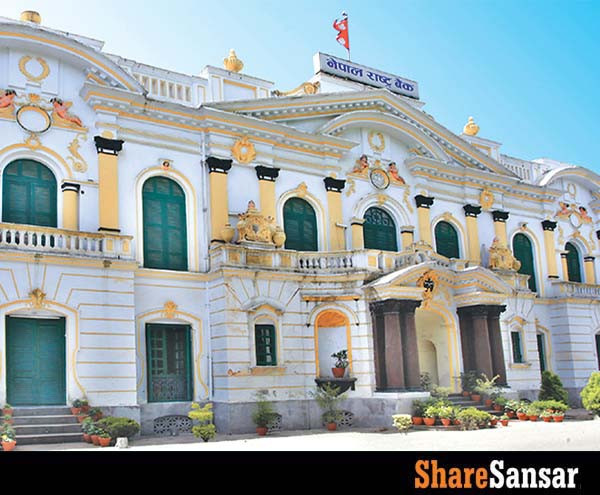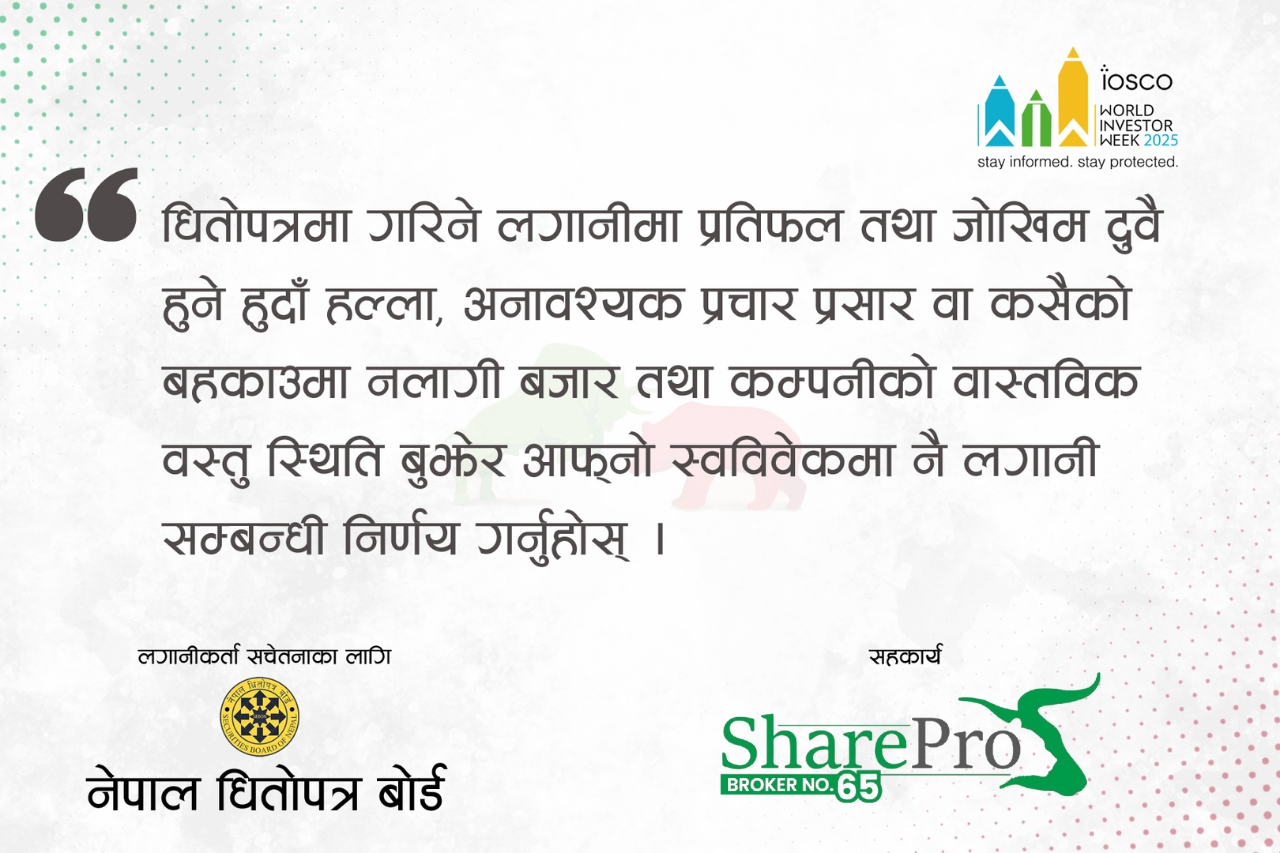Major Highlights: Third Quarterly Review of Monetary Policy
Fri, May 27, 2022 12:25 PM on Economy, Stock Market, Bonds & Debentures, National,

Nepal Rastra Bank has made public the third quarterly review of the monetary policy for the Fiscal Year (F.Y) 2078/79.
Major highlights;
- As the probability of COVID-19 infection lowers economic activity increases. The economy has become more dynamic as a result of the local election held on Baishakh 30, 2079. According to preliminary estimates issued by the Central Statistics Office, GDP will expand by 5.84 percent in the current fiscal year.
- For the first nine months of the current fiscal year, average consumer price inflation has remained within the target range. The rapid rise in fuel prices, the Russian-Ukraine war, the expansion of domestic demand during the covid-19 epidemic, and economic activity during the local election, however, have all weighed on pricing.
- The external sector came under pressure due to the significant increase in imports and steady remittance inflows during the review period. The current account and balance of payment deficits in the external sector have increased while the capacity of foreign exchange reserves to support imports has decreased.
- Considering the current trend of imports, the monetary policy hints that the reserves might be sufficient to support the import of goods and services only for 6.6 months.
- Banks and financial institutions are required to maintain a maximum of 90% Credit-Deposit (CD) ratio.
- NEPSE Index which stood at 2883.4 in Ashad 2078, reduced to 2415.3 in Chaitra, 2078. The market capitalization during Ashad and Chaitra was Rs. 4090.96 arba and Rs. 3426.11 arba respectively.
- The paid-up value of 6.68 arba shares listed in NEPSE has a share capital of Rs. 658.33 arba as of Chaitra 2078.
- In the first nine months of the current FY, additional securities amounting to Rs. 182.76 arba have been listed.
- During the review period, SEBON listed debentures worth Rs. 4.80 arba, ordinary shares worth Rs.3.79 arba, right shares worth Rs. 3.46 arba and mutual funds worth Rs. 3 arba, allowing total security of Rs. 15.5 arba for public issue.
- In the first nine months of the current FY, commercial banks and other financial institutions (excluding commercial banks) managed liquidity through interbank transactions of Rs. 2568.91 arba. Commercial banks contributed Rs.2299.22 arba and other financial institutions (excluding commercial banks) contributed Rs. 269.68 arba.
- Treasury Bill (T-Bill) rate stood at 7.58% for Chaitra 2078.
- The average base rate for commercial banks was 9.17%. Short-term and long-term interest rates have risen due to liquidity pressure during the review period.
- Commercial banks, development banks, finance companies, and, microfinance financial institutions are required to issue 25% of their paid-up capital in the form of bonds.
- The maximum remittance per person per day within the country has been fixed at Rs. 25000.



